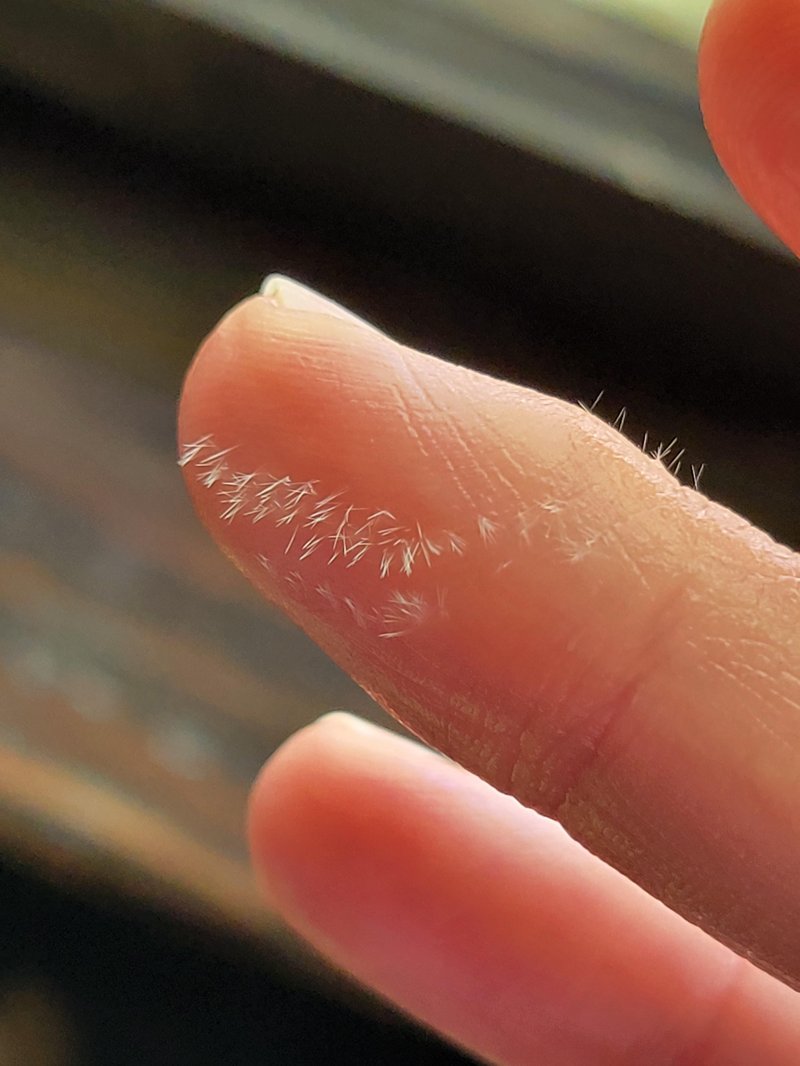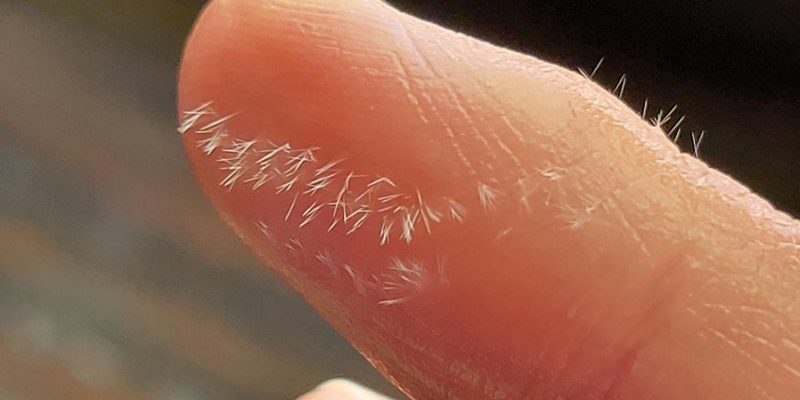
Imagine this: You’re accidentally brushing against a spiky sea urchin only to realize those tiny bristles are not just for decoration. That’s akin to what happens when you encounter a bristle worm. The bite can be painful, and knowing the symptoms and remedies becomes essential, especially if you’re out enjoying nature’s wonders. Let’s delve into what you need to know about this prickly situation.
Understanding Bristle Worms
Bristle worms, belonging to the Polychaeta class, are a type of segmented worm commonly found in marine environments. They often come in bright colors and can grow up to several feet long, making them seem pretty intriguing. What’s less fascinating, however, is that their bodies are covered with tiny, hair-like bristles called chaetae. These can irritate your skin if you come into contact with them, acting like tiny needles.
While most bristle worms are harmless, they can defend themselves fiercely. If threatened, they can shed their bristles, which can lead to painful reactions in humans. So, if you’re wading into the water or exploring the rocky shoreline, be aware of their habitat and keep your distance. This knowledge can help you avoid an unexpected bite.
Symptoms of a Bristle Worm Bite
If you’ve had the unfortunate experience of getting bitten by a bristle worm, you’ll want to recognize the symptoms right away. The most common signs include:
- Pain: The bite usually feels sharp, similar to a bee sting, and can vary in intensity.
- Redness and Swelling: The affected area might turn red and become swollen, responding to the irritation caused by the bristles.
- Itching: You might experience a strong urge to scratch, which can worsen the irritation.
- Rash: In some cases, you may notice a rash or blistering, depending on your skin’s sensitivity.
Here’s the thing: If you start feeling dizzy, nauseous, or if the bite area shows signs of infection, **seek medical attention**. These symptoms can indicate a more severe reaction that might need professional treatment.
Immediate First Aid Steps
If you’re bitten, don’t panic. There are immediate first aid measures you can take to soothe the pain and prevent further irritation. Here’s a simple step-by-step guide:
1. **Get Out of the Water:** First, remove yourself from the bristle worm’s habitat. This will help you avoid further bites.
2. **Rinse with Seawater:** Gently rinse the area with seawater to remove any remaining bristles. Avoid using fresh water, as it can aggravate the pain.
3. **Remove Bristles:** If any bristles are still embedded in your skin, use a pair of tweezers to carefully remove them. Be gentle to avoid breaking them further into the skin.
4. **Apply Heat:** Soaking the affected area in hot water for 30 to 90 minutes can help ease the pain. Heat breaks down the toxins that cause irritation.
5. **Take Pain Relievers:** Over-the-counter medications like ibuprofen or acetaminophen can help with pain and swelling. Always follow the dosage instructions.
Following these steps can significantly reduce discomfort and help prevent complications.
Long-Term Care for Bristle Worm Bites
Once you’ve dealt with the immediate symptoms, long-term care is crucial. Healing may take time, so here’s how to proceed:
– **Keep It Clean:** Ensure the bite area remains clean and dry to prevent infection. You might want to wash it gently with soap and water.
– **Monitor for Infection:** Watch for increased redness, swelling, or pus, which could indicate an infection. If you notice any of these signs, contact a healthcare provider.
– **Moisturize:** Applying a soothing ointment can help with dryness and promote healing. Look for options that contain aloe vera or hydrocortisone.
– **Avoid Scratching:** As tempting as it may be, resist the urge to scratch the area. This can worsen irritation or lead to infections.
With proper care, the bite will heal, and you’ll be back to enjoying your beach days in no time.
Home Remedies for Pain Relief
In addition to standard first aid, you might want to try some home remedies to alleviate the pain from a bristle worm bite. Here are a few options:
1. **Vinegar:** Dabbing white vinegar on the bite can help neutralize the toxins. It’s not a miracle cure, but it can provide some relief.
2. **Baking Soda Paste:** Mixing baking soda with a little water to form a paste can help soothe itching and inflammation. Apply it gently to the affected area for about 15-20 minutes before rinsing.
3. **Oatmeal Baths:** Soaking in an oatmeal bath can relieve itching and soothe inflammation, thanks to its anti-inflammatory properties.
4. **Cold Compress:** Applying a cold pack wrapped in a cloth can reduce swelling and numb the area, offering temporary relief.
All these remedies should be used in conjunction with, not as a replacement for, proper medical advice if symptoms persist.
When to Seek Professional Help
While most bristle worm bites can be treated at home, there are times when you should definitely seek medical advice. Here’s when it’s critical:
– **Severe Pain:** If the pain is unbearable and not responding to over-the-counter medications, don’t hesitate to see a doctor.
– **Allergic Reaction:** Signs like swelling of the face or throat, difficulty breathing, or rapid heartbeat could indicate a serious allergy and need immediate attention.
– **Infection Risk:** If the bite area shows signs of infection (increased redness, warmth, or pus), it’s time to see a healthcare professional.
Your health is your top priority, and addressing any serious symptoms promptly can make a significant difference.
Preventing Bristle Worm Bites in the Future
Now that you know how to handle a bristle worm bite, let’s talk about prevention. Here are some tips to keep those pesky critters at bay:
– **Wear Protective Gear:** If you’re diving or snorkeling, consider wearing gloves, long-sleeved wet suits, or protective footwear to minimize contact.
– **Stay Aware:** When swimming or wading through the water, pay attention to your surroundings. Check for rocky areas or seaweed where bristle worms might be hiding.
– **Educate Yourself:** Knowing what bristle worms look like can help you avoid them. Familiarize yourself with marine life in the areas you visit.
– **Avoid Disturbing the Environment:** When exploring underwater, be careful not to disturb habitats. Bristle worms are often hidden among rocks or corals, and disturbing them increases your risk of bites.
Adopting these practices will help you enjoy your aquatic adventures with confidence.
In conclusion, while being bitten by a bristle worm can be an unpleasant experience, understanding the symptoms and how to treat them can ease the process. By recognizing the signs, providing immediate care, and taking steps to prevent future incidents, you’ll be better equipped to handle any future encounters with these spiky sea critters. Remember, knowledge is your best ally, especially when it comes to enjoying the beauty of our oceans!

